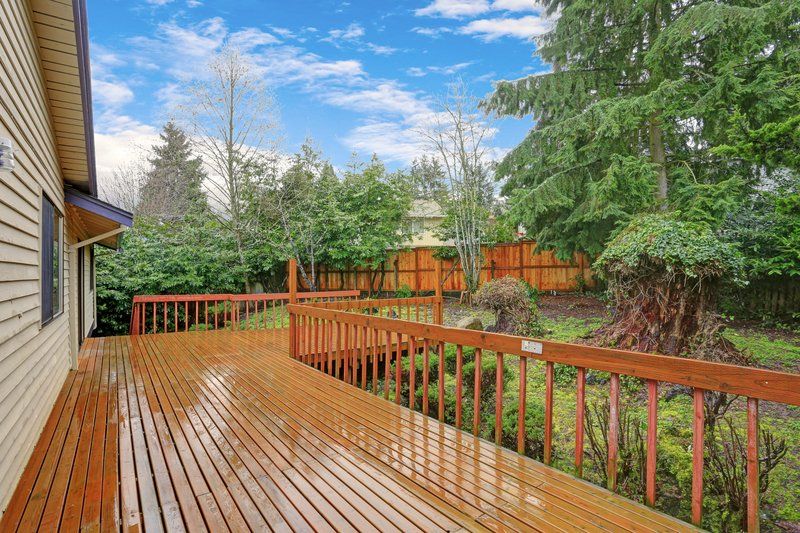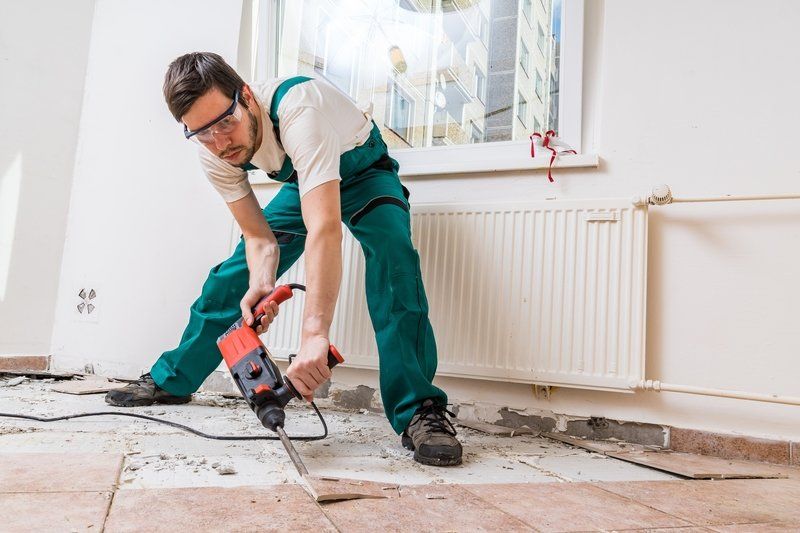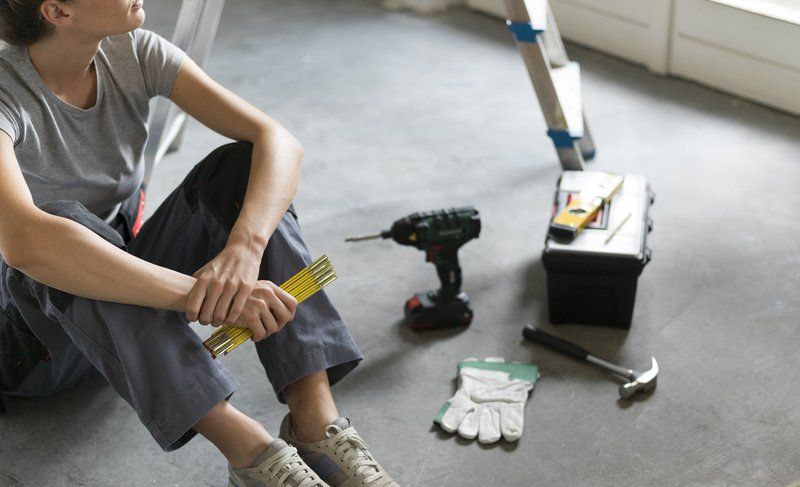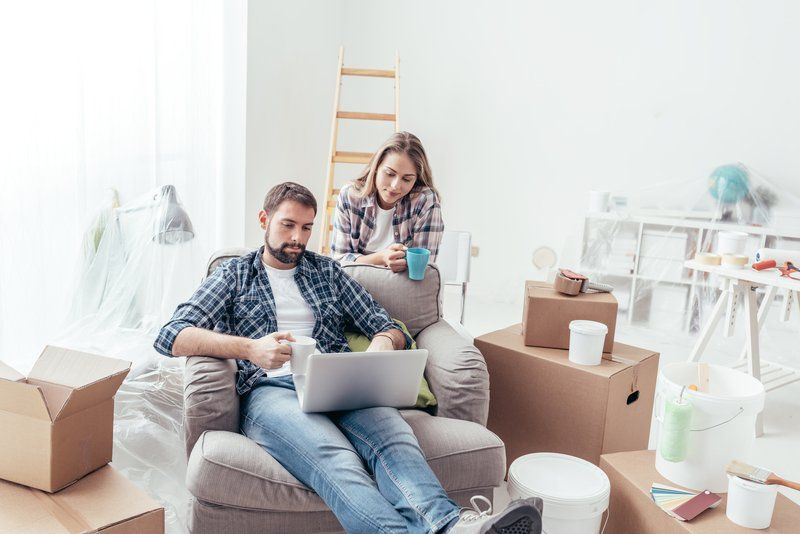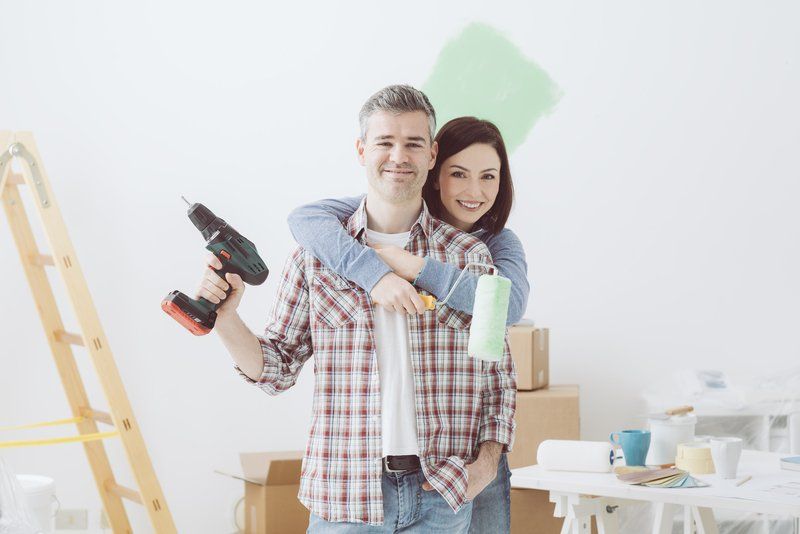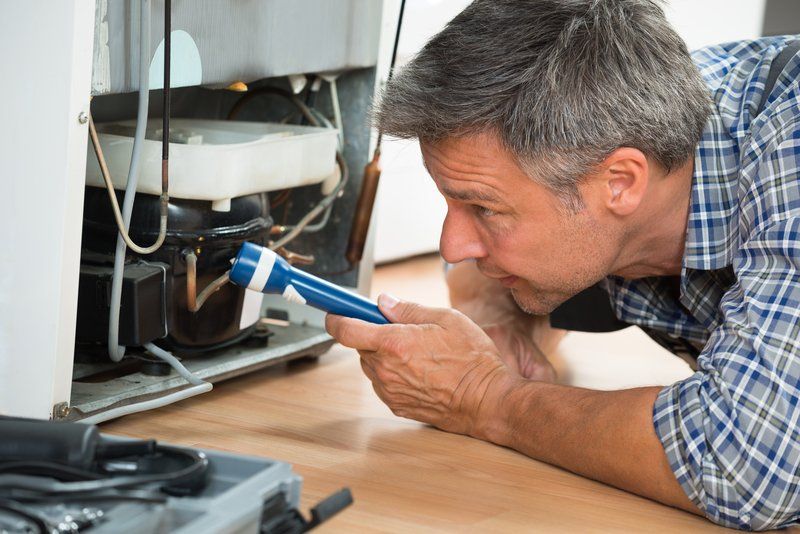What Your Home Needs to Be Sustainable
- By Multifuse Team
- •
- 22 Nov, 2021
- •
Maintaining and building a sustainable home is essential for protecting the environment. With global warming taking a toll on our world, it is essential that our home building projects are done with sustainability at the forefront. There are a lot of considerations that need to be made to ensure that your home is a sustainable home, and keeping track of all of them can easily feel overwhelming. Here are the top eight items that you need for your home construction to be sustainable.
Recycled Building Materials
While it might sound unconventional, you should seriously consider using recycled building materials in your home construction to make it as sustainable as possible. There are plenty of structurally sound and safe materials that you can use recycled for your home construction. For instance, bricks and blocks from old buildings that are no longer needed or have been torn down can be used to give your new home construction a weathered, older look that is still safe and has a lower carbon footprint than fabricating new materials. You can also use recycled doors from older buildings instead of new doors to give a vintage or weathered look inside and outside the house while using recycled materials that have a smaller environmental impact.
Materials That Last
When you can’t use recycled materials, you should prioritize using materials that last for a long time and don’t need frequent replacements. If you are going to use new materials that need to be made, the best way to lower the environmental impact of these new materials is to make sure they last for a long time. When you have to replace materials every few years, you are requiring a frequent replacement with new materials, which heavily increases your carbon footprint in construction. Work with your builders to find materials that will last for decades and allow you a sustainable construction project.
Careful Insulation
Having a well insulated house is one of the best ways to ensure a house that is environmentally friendly and sustainable. When a home is poorly insulated, it allows heat or cold air to escape easily from the home, and allows hot or cold air from the outside in. This can lead to highly elevated energy usage from air conditioning or heating to keep the temperature of your home comfortable. Keeping your home insulated well helps reduce this temperature leakage and can reduce the energy you use to keep your home at the proper living temperature. This is also a great way to save money on energy costs as well.
Energy Efficient Appliances
When building a new home, you should be buying new appliances, and it is essential that you purchase energy efficient appliances for your home. Energy efficient appliances are among the best environmentally friendly investments that you can make to build a sustainable home. When selecting efficient appliances for your home, make sure that they are Energy Star approved products. Energy Star products can dramatically lower your home energy bills. A lower energy bill means lower energy use, which means a more environmentally friendly home. Splurge on Energy Star appliances for a sustainable home.
Consider Solar Panels
Installing or constructing your home with solar panels on the roof is another great way to increase the sustainability of your home if you live in a relatively sunny area. Solar panels build a source of renewable energy into your home. This means that even when you do have to use energy in your home, you are using energy from the sun, not from fossil fuels and natural gas that cause intense amounts of pollution and damage the environment. Solar panels do have a relatively high upfront cost for homeowners, but they also offer tax credits to owners and can save you tons of money on your energy bill, as you will produce plenty of your own energy. Most solar panel owners have their costs paid for in just a few years, and actually see a return on investment in a few more years, all while protecting our environment.
Use a Drip Irrigation System
Keeping a green, healthy, and beautiful yard is a necessity for homeowners, but a necessity that has a pretty large environmental impact. Grass has relatively limited environmental benefits like many other types of greenery provide, while also requiring a lot of water to stay healthy. This combines to make traditional yards relatively environmentally harmful. But one great way to decrease the water costs of a green and luscious yard is building a drip irrigation system. Drip irrigation utilizes gravity to water plants and grass, this helps to eliminate energy costs running an irrigation system with pumps, and also helps reduce evaporation costs. A drip irrigation system can make your yard a more sustainable environment
Use Energy Efficient Light Bulbs
You are going to need to artificially light your home, this is just a fact of life. But you can save on energy usage by utilizing fluorescent or LED bulbs instead of traditional incandescent bulbs. These bulbs last longer, and use less energy to emit the same amount of light, allowing you to save on energy, thereby reducing the environmental impact of lighting your home. Make sure you use energy efficient light bulb options in your home, the environment will thank you for your choice.
Construct Rainwater Collection Bins
Another great way to decrease the water cost on the environment that your yard incurs is to construct rainwater storage systems. This allows you to water your grass, trees, plants, and bushes with rainwater rather than having to pump water through your pipes to use on the lawn. You can construct bins that are easily hidden and blend in with your yard, while conserving hundreds of gallons of rainwater which can be used for any purpose that you need to use it for. This can decrease your usage of water and help sustain the environment.
Building and maintaining a sustainable home is difficult. The carbon footprint of homeownership is huge, and the steps needed to reduce that footprint are many. By following these eight tips, you can build a sustainable home that will keep our environment in good shape for years to come.
Read this next: How to Create a Photogenic Living Room Space



